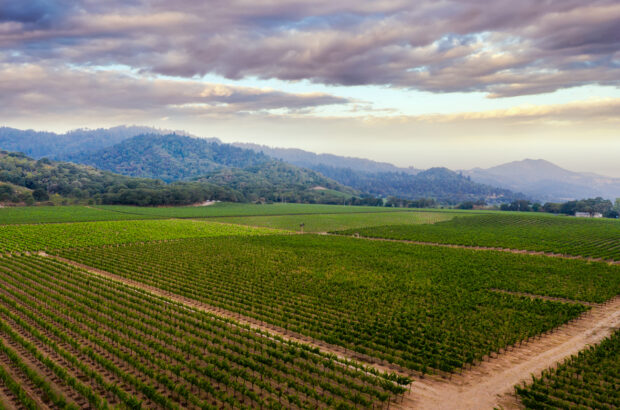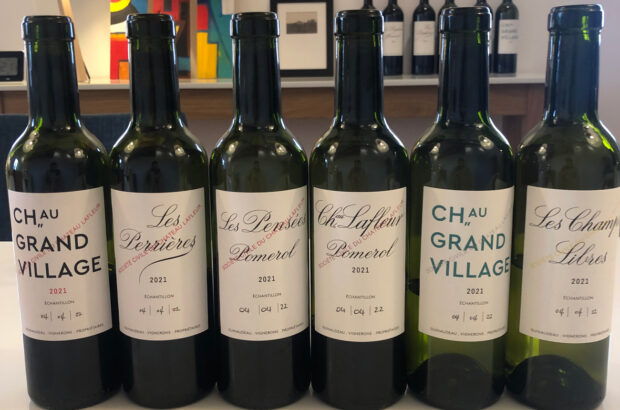Attracting a record number of entries in 2007, the longest running competition for UK-produced wine offers further proof of an industry on the rise.
This year, 206 wines were entered, compared to what organisers describe as ‘a handful’ at the competition’s inception in 1974.
Top honours at the contest, sponsored by the UK Vineyard Association, went to Cornwall’s Camel Valley Vineyard, which won three gold medals for its Pinot Noirs.
Other golden gongs went to Ridgeview Wine Estate, in Sussex, for two sparkling wines and one each to Ickworth Vineyard (Suffolk) and Chapel Down (Kent) for their whites.
The UK currently has 300 vineyards and produces 3.3m bottles.
‘The demand for English wine could eventually reach ten times production,’ said Bob Lindo, of Camel Valley Vineyard, whose wine has generated interest in Japan and the US.
Observers believe the focus on locally-made wine can attributed in part to improved quality as well as other factors.
‘Viticulture and winemaking have become very professional, and there are far fewer faulty wines in this year’s competition than when I first started tasting them,’ said Patricia Stefanowicz MW, who chaired the panel of five judges – all of them Masters of Wine.
Written by Maggie Rosen






